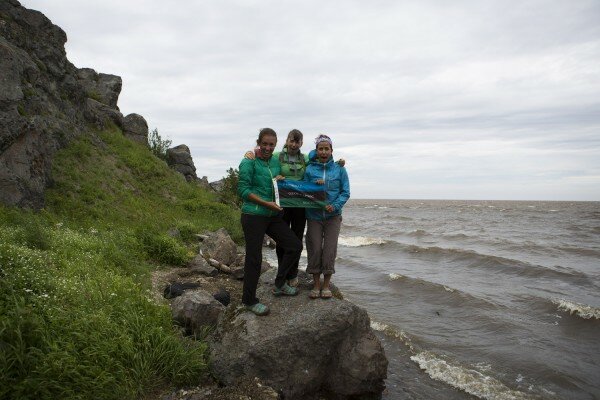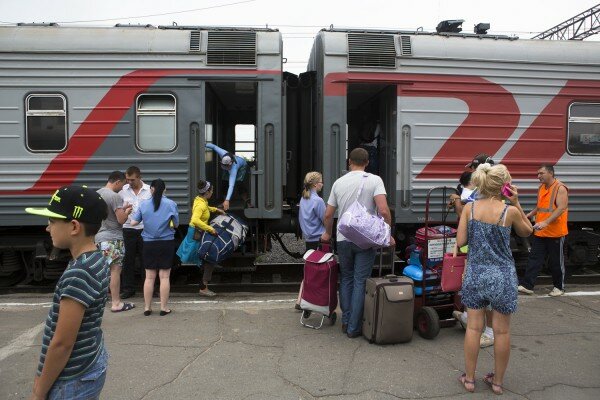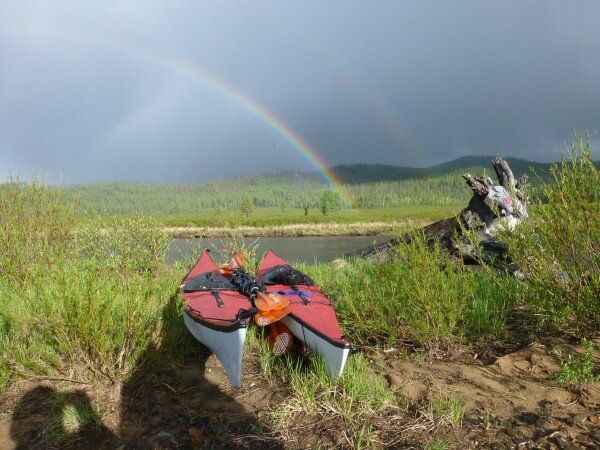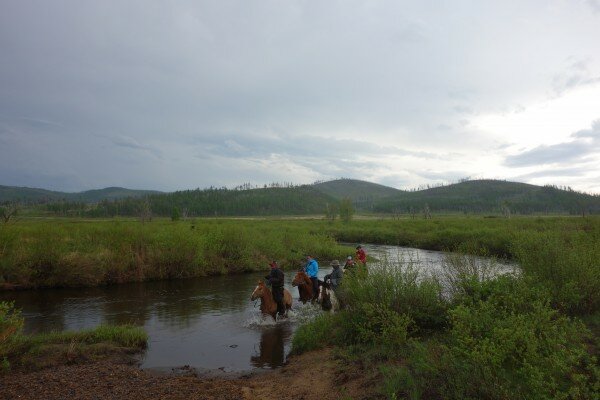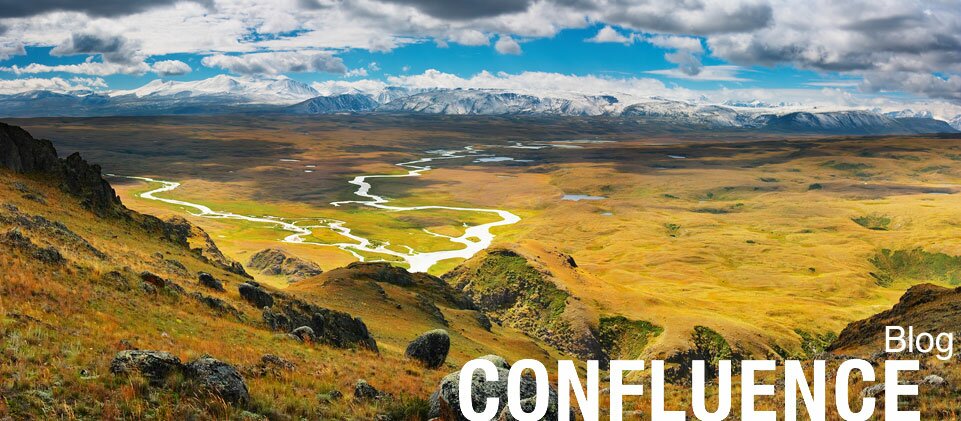
Jul 26 |
|
“Why would you come to this place that God forgot?” asked Natalia. Her kind eyes and shockingly clear English made the dingy beach we had just landed on and Soviet-era background of Komsomolsk Na Amure feel suddenly more welcoming. I had asked myself a similar question many times during the two weeks before our arrival to this far far eastern town in the absolute middle of nowhere Russia. It was shocking to hear someone acknowledge this aloud. Yet despite, and perhaps because of, all we had seen, feared and struggled through, we replied without hesitation: “We think the Amur River is incredibly special—like nowhere else in the world.”…
Read more » |
Jul 19 |
|
Editor’s note: On April 7th the Nobody’s River team began a very different kind of journey. Zach Orman, Becca Dennis’ longtime partner, was in a terrible paragliding accident. He passed away a few short hours later at the age of 28. After one month in Mongolia, Becca realized her own journey had changed once again. While the three other team members are now paddling the Amur River through remote Eastern Russia, last week, Becca returned to her high mountain home in the Sierra Nevada Mountains to follow her own path.…
Read more » |
Jul 11 |
|
The Onon River, or “Mother Onon” as the locals call her, was everything we could have imagined… And more. It was amazing to watch the river change from it’s headwaters, paddling smoothly 500 kilometers to the Russian border. So much nuance—new plants, birds, animals, weather, ever-changing landscapes and more and more and more water. As we left the most remote part of the journey on the upper section, two weeks after leaving Ulaanbaatar (UB), we met up with our herdsmen friends from our horsepack in and they hosted us in their humble and cozy cabin for two days in the village of Binder—the only town along this stretch of river.…
Read more » |
Jul 4 |
|
We have been amazed at how things always work out here. In the most improbable, impossible situations things just work out over and over again. Mongolians don’t really use maps, landmarks, GPS coordinates, or directions… even when they are in the middle of nowhere. They navigate by what they call “Holboo”. It translates roughly to intuition or connection to self. We’d be romping through the middle of the Mongolian steppe for 12 hours on a dirt road in a 1970’s Russian minivan, in what seemed like circles, and our driver wouldn’t even know the cardinal direction.…
Read more » |




